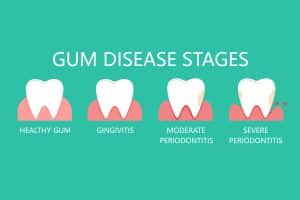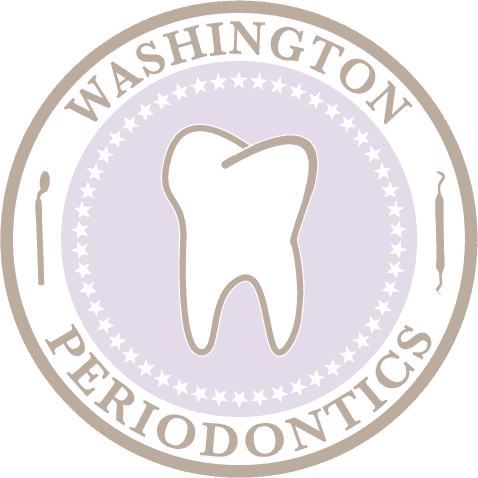 Gum disease or gingivitis happens when a bacterial infection attacks your gums. If left untreated, this condition can lead to serious issues, like loose or falling out teeth, sagging gums, bad breath, and other complicated dental problems. Here, we cover the different stages of gum disease and available treatment options. Without further ado, let’s dive into the topic at hand.
Gum disease or gingivitis happens when a bacterial infection attacks your gums. If left untreated, this condition can lead to serious issues, like loose or falling out teeth, sagging gums, bad breath, and other complicated dental problems. Here, we cover the different stages of gum disease and available treatment options. Without further ado, let’s dive into the topic at hand.
Stages of Gum Disease
Gum disease is usually painless or mildly painful in its early stages. Some early signs of gum disease include swollen gums, redness, bleeding, and bad breath. In this stage, you may not even know you have gum disease. That’s why visiting your dentist regularly is important, as they can catch the early signs of gum disease.
In the later stage of gum disease, your gums may start receding. If it seems like your gums pull back from your teeth or your teeth are looser than normal, this can be a sign of advanced gum disease. It’s important to see your dentist if you notice a change in your bite or tooth alignment or how loose your teeth are.
The next stage of gum disease is periodontal disease. Left untreated, it can lead to bone loss, tooth loss, and serious issues. Periodontal disease doesn’t stay in only your gums or mouth’s tissues. Instead, periodontal disease is highly serious and can cause bone density issues throughout your month. If you think you have periodontal disease, contact your dentist immediately, as treatment is crucial to prevent future data.
Gum Disease Treatment
Early stages of gum disease can be treated with regular dental hygiene. If your teeth are crowded or hard to clean, routine dental cleanings can help free your gums of plaque and tartar. Regular dental hygiene is a great way to clear out bacteria. However, it’s important to talk to your dentist about any recommendations they have regarding gum disease treatment in the early stages.
Later stages of gum disease can require antibiotic treatment. On top of this, if your gums develop pockets of bacteria, you may need dental planing and scaling to remove that plaque and bacteria. Once these gumline pockets are removed, they require surgical removal to prevent even more bacteria from getting trapped in the pockets again. Sometimes, you may also need gum grafts to replace your receding gumline.
Periodontal disease requires more in-depth treatment. Patients often need bone and tissue grafts to repair the damage from periodontal disease. While some treatment options are available for periodontal patients, it’s important to catch gum disease early before it develops into periodontal disease. That’s why it’s important to know the stages of gum disease so you can get treatment as soon as possible and stave off more serious infections.
If you have gum disease or questions about gum disease, don’t hesitate to contact the Washington Periodontics team at 703-576-5002. Our team would happily answer any questions and help you make an appointment today. We look forward to hearing from you.
